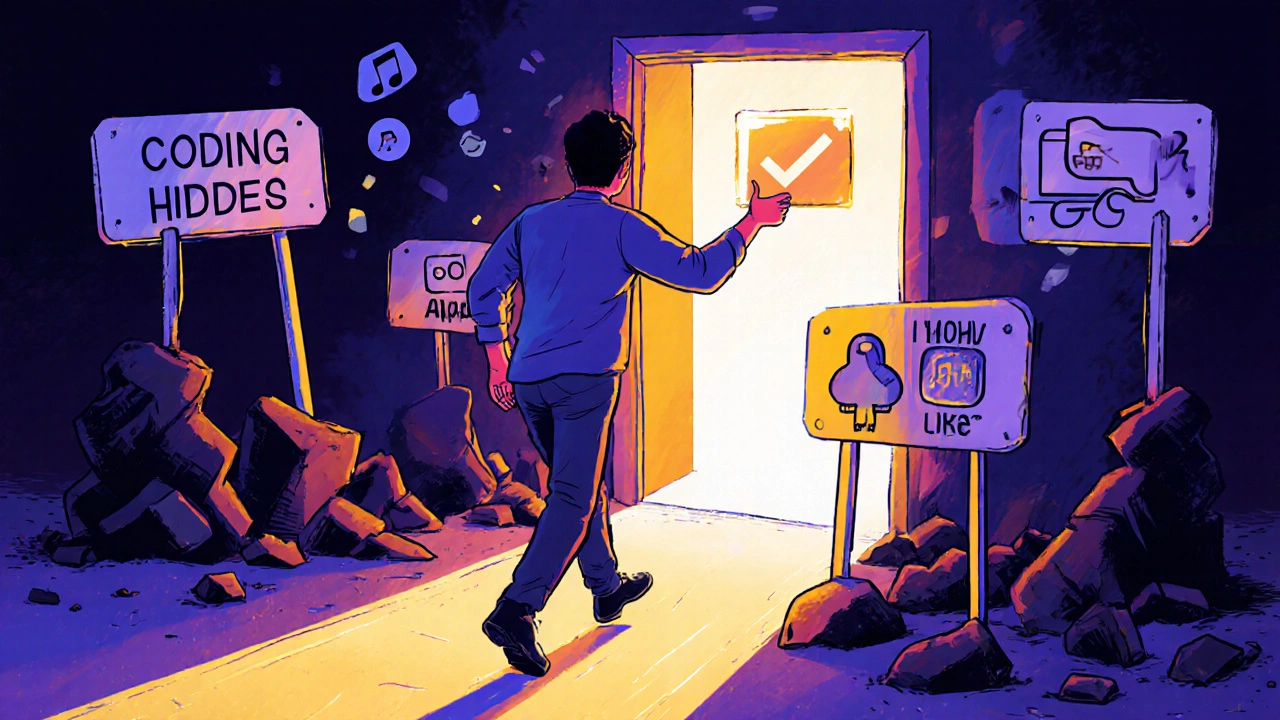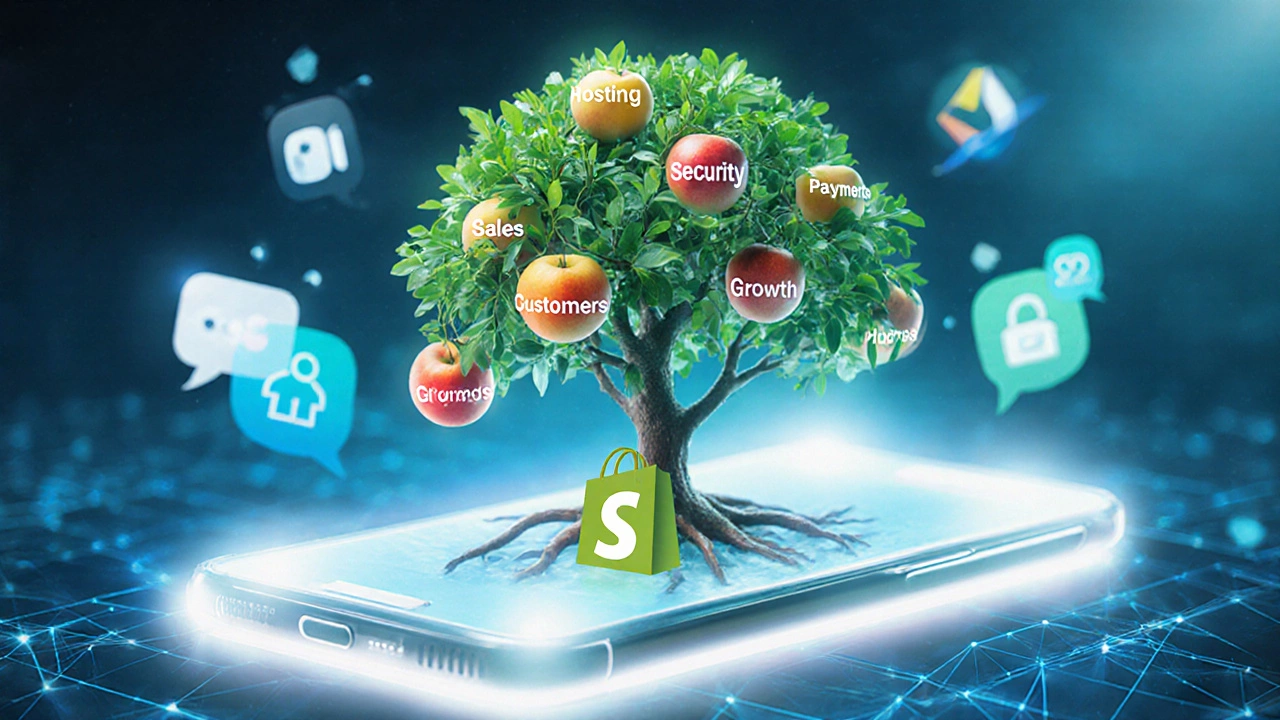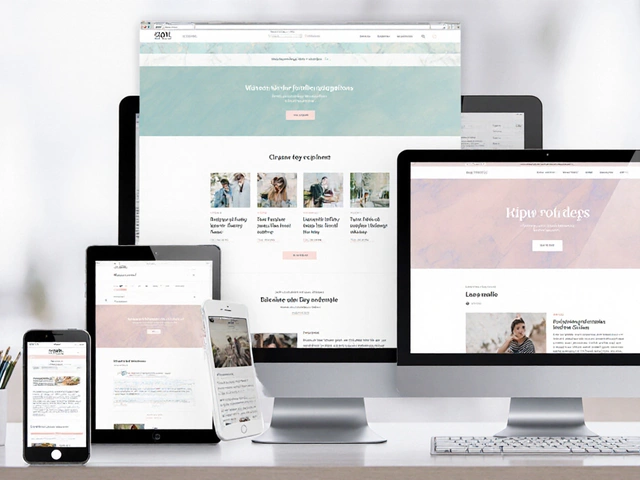eCommerce Platform Cost Calculator
Find the most affordable platform for your beginner store based on your expected sales volume and product count.
Starting an online store feels overwhelming if you’ve never built one before. You don’t need to know how to code, manage servers, or handle complex inventory systems. The right eCommerce platform handles all that for you - if you pick the right one. In 2025, the best eCommerce platform for beginners isn’t about having the most features. It’s about being simple, affordable, and supportive from day one.
What Makes a Platform Truly Beginner-Friendly?
A beginner-friendly eCommerce platform doesn’t just look simple. It works simply. That means:
- You can set up your store in under an hour, not days
- No need to hire a developer for basic changes
- Clear, step-by-step setup guides (not dense manuals)
- Customer support that actually answers your questions
- Pricing you can understand - no hidden fees
Many platforms claim to be easy. But when you try to add a product, change your theme, or connect a payment method, you hit walls. The best platforms remove those walls before you even start.
Shopify: The Go-To Choice for First-Time Sellers
Shopify is the most popular choice for beginners in 2025 - and for good reason. It’s built for people who want to sell, not code. You sign up, pick a template, add your products, and go live. That’s it.
Here’s what makes Shopify work for new sellers:
- Drag-and-drop store builder - No HTML or CSS needed. Change your layout by clicking and dragging elements.
- One-click payments - Accept credit cards, Apple Pay, and Google Pay without setting up a separate merchant account.
- 24/7 live support - Chat with a real person anytime. No bots, no waiting for email replies.
- Mobile app - Manage orders, respond to customers, and track sales from your phone.
- App Store - Add features like reviews, loyalty programs, or abandoned cart emails with one click.
Shopify starts at $29/month. That includes hosting, security, and a free SSL certificate. You don’t pay extra for bandwidth or storage. Most beginners start with the Basic plan and upgrade later if they need more features.
Real example: A woman in Ohio started selling handmade candles on Shopify in March 2025. She had zero tech experience. Within two weeks, she had her store live, accepted 47 orders, and made $1,200. She didn’t touch a single line of code.
WooCommerce: Best If You Already Use WordPress
If you’ve ever written a blog on WordPress, WooCommerce might feel familiar. It’s a free plugin that turns your WordPress site into a store. But here’s the catch: it’s not as simple as it sounds.
WooCommerce gives you total control - but you’re responsible for everything else:
- You need your own web hosting (costs $5-$20/month extra)
- You must install and manage security plugins
- You handle updates for WordPress, WooCommerce, and your theme
- You need to set up payments separately (like Stripe or PayPal)
That’s fine if you’re comfortable with tech. But if you’re just starting out, these tasks can become roadblocks. A single outdated plugin can break your site. A misconfigured payment gateway can stop sales.
WooCommerce is free, but the hidden costs add up. Most beginners spend $100-$300 in the first month on hosting, themes, and plugins. That’s more than Shopify’s monthly fee.
Only choose WooCommerce if you already run a WordPress blog and plan to merge it with your store. Otherwise, Shopify is less stressful.
BigCommerce: Powerful, But Overkill for Beginners
BigCommerce is a strong platform with advanced tools built in - like built-in SEO, multi-channel selling, and abandoned cart recovery. But it’s not designed for people taking their first steps.
The interface is packed with options. That’s great if you know what you’re doing. For a beginner, it’s confusing. You might spend hours trying to find where to change your logo or add a discount code.
BigCommerce starts at $29/month, same as Shopify. But its complexity means you’ll likely need help sooner than you expect. Support is good, but it’s not as hands-on as Shopify’s.
BigCommerce is better for sellers who plan to scale fast - think 1,000+ products or selling on Amazon and eBay from day one. If you’re testing the waters, it’s too much too soon.

Wix eCommerce: Simple Design, Limited Functionality
Wix is great for portfolios, blogs, or small business sites. Its drag-and-drop editor is easy to use. But its eCommerce features are limited.
Wix eCommerce doesn’t support:
- Product variants (like size or color) without workarounds
- Advanced inventory tracking
- Multi-currency selling
- Abandoned cart recovery
It also locks you into Wix’s hosting. If you ever want to move your store, you can’t export your data easily. That’s a big risk if your business grows.
Wix starts at $23/month for eCommerce. It’s cheap, but you’re trading flexibility for simplicity. If you’re selling a few digital products or print-on-demand items, it’s okay. For anything serious, Shopify is safer.
Compare the Top Platforms Side by Side
| Feature | Shopify | WooCommerce | BigCommerce | Wix eCommerce |
|---|---|---|---|---|
| Setup Time | Under 1 hour | 2-5 hours | 3-6 hours | Under 1 hour |
| Monthly Cost (Starter Plan) | $29 | $0 (plus hosting) | $29 | $23 |
| Hosting Included | Yes | No | Yes | Yes |
| Paid Payment Processing | No (with Shopify Payments) | Yes | No | Yes |
| Mobile App | Yes | No | Yes | Yes |
| 24/7 Support | Yes | No | Yes | Yes |
| Scalability | High | High (with tech help) | Very High | Low |
What Beginners Should Avoid
Some platforms look tempting because they’re cheap or free. But they’re traps for new sellers:
- Ecwid - Free plan has limits. Paid plans are confusingly priced.
- Magento - Built for enterprise teams. Not for beginners.
- Custom-coded stores - If you don’t know how to code, don’t try this. It costs more than you think.
- Facebook Shops - Great for testing, but you don’t own your customer data or checkout experience.
Stick with platforms that give you full control over your store, your data, and your customers. Don’t let a free plan trap you into a platform you can’t leave.

Start Here: Your First 3 Steps
If you’re ready to launch, here’s exactly what to do:
- Sign up for Shopify’s 3-day free trial - No credit card needed. Test everything.
- Pick one product to sell - Don’t add 50 products. Start with one. Get it right.
- Go live with your store - Share it with 5 friends. Ask for honest feedback. Fix one thing. Then start selling.
You don’t need to be perfect. You just need to start. Most successful sellers didn’t get it right on day one. They got started, learned, and improved.
Final Recommendation
For 9 out of 10 beginners in 2025, Shopify is the best eCommerce platform. It’s the only one that removes friction at every step - from setup to sales to support.
WooCommerce is a good option if you’re already deep into WordPress. Wix works for very small, simple stores. BigCommerce is for serious sellers ready to scale. Everything else is either too limited or too complicated.
Don’t overthink it. Pick Shopify, add your first product, and go live. You’ll learn more in one week of selling than you will in a month of research.
Can I start an eCommerce store with no money?
You can start with a free trial on Shopify or use WooCommerce with free themes and plugins. But you’ll need at least $10-$20 for a domain name and a payment processor. You can’t legally sell without accepting payments, and most free options have hidden fees or limits. It’s better to invest $29 upfront on Shopify than waste months stuck on a free plan that doesn’t let you grow.
Do I need to know how to code to use Shopify?
No. Shopify was built for people who don’t code. You can change colors, add products, and edit pages using a visual editor. You only need to touch code if you want to make advanced customizations - and even then, you can hire someone on Fiverr for $50 to do it for you. Most beginners never touch code at all.
How long does it take to make my first sale?
If you’re selling something people want and you share your store with your network, you can make your first sale in 24-48 hours. Many beginners get their first order within a week. The key isn’t the platform - it’s having a product people are willing to pay for. Focus on that first. The tech part is easy.
Can I switch platforms later if I outgrow Shopify?
Yes, but it’s easier to stay. Shopify lets you add apps for advanced features like inventory automation, multi-channel selling, and custom reporting. Most businesses that think they need to switch don’t actually need to. If you do switch, Shopify lets you export your products, customers, and orders. But moving platforms means relearning everything - and losing time and sales.
What’s the biggest mistake beginners make?
Trying to build the perfect store before selling anything. You don’t need 100 products, fancy animations, or a blog. You need one product, one clear price, and a way for people to buy. Most beginners spend weeks tweaking their theme and never launch. Launch fast. Learn from real customers. Improve after you get feedback.
Next Steps
Don’t wait for the perfect moment. The perfect moment is now. Pick Shopify, sign up for the free trial, and add one product. That’s it. You’ve already taken the hardest step.
Once you’re live, focus on three things: getting feedback, improving your product description, and sharing your store with five people. That’s how real businesses start - not with fancy tools, but with one simple action.





